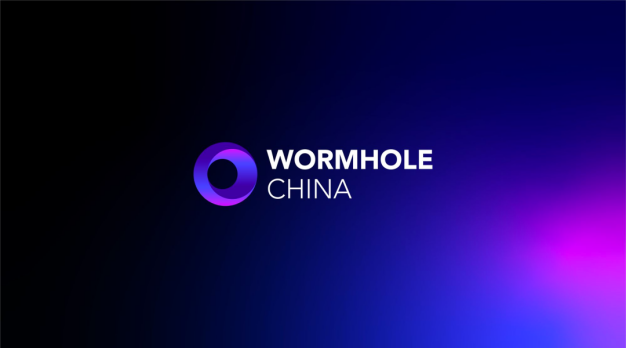
Wormhole is a leading interoperability platform designed to facilitate seamless communication between different blockchain networks, including the exchange of data or value. Behind the security and versatility of this platform lies a key component - Guardians. As a core component of the ecosystem, they ensure the reliability and integrity of cross-chain interactions processed on the Wormhole interoperability infrastructure. This article will explore why Guardians are so important, what their responsibilities are, and who exactly they are.
Why are Guardians Important?
Guardians play a key role in verifying messages between different blockchains. For example, when an event occurs on chain A, chain B needs to know about this event to unlock and process the corresponding cross-chain action or transaction on the target chain. This is where Guardians come in handy. They observe events on the source chain (messages are published to the Wormhole core contract and transmitted to the Guardian network), sign the payload, and combine their signatures to create a Verified Action Approval (VAA), which serves as proof that the event has been observed and agreed to by the majority of the Wormhole network. Below is a more comprehensive technical overview.
Think of the VAA as a group of trusted experts who are able to independently check and verify events, and can be trusted to only communicate proven statements. Once the majority agrees, their collective approval ensures the authenticity of the event and allows it to be recognized between chains. This process underpins the multi-chain interoperability provided by Wormhole's various products, ensuring secure and reliable cross-chain communication.
Who are the Guardians?
Following the "trusted experts" metaphor above, Guardians are entities with reputation and visibility within the blockchain space, primarily consisting of leading validation companies. These entities are responsible for monitoring the state of the blockchain and ensuring the integrity of cross-chain transactions, and they have the ability to do so while also being trusted as honest actors. The current set of Guardians can be seen on the Wormhole dashboard (or as shown below), and include some of the most trusted names in the industry.
Each Guardian operates independently, observes and signs messages, and then combines their signatures with those of others. This decentralized approach ensures that there is no single point of failure, enhancing the overall security and robustness of the Wormhole network.
Guardian Network
The Guardian Network, as a collective of Guardians, acts as the oracle component of Wormhole and forms the backbone of the entire ecosystem. It operates based on five key design considerations:
1. Decentralization
Control is distributed among multiple parties to prevent any single point of failure. This decentralized design ensures the security and reliability of the system, and the failure of a single node will not cause the entire system to crash.
2. Modularity
Different components such as the oracle network (guardian), relayers, and applications are independent, allowing independent upgrades. This modular design allows the system to be flexibly maintained and updated without affecting the normal operation of other parts.
3. Security
The security of cross-chain transactions is ensured through a multi-signature and verification mechanism. Each node in the guardian network needs to independently verify and sign the message, and then combine the signatures of other nodes to form the final VAA. This multi-verification mechanism greatly improves the security of the system.
4. Reliability
The guardian network is designed with high reliability in mind, ensuring the stability and continuity of cross-chain communication. Each guardian is a strictly screened industry leader, and their participation ensures the high reliability of the network.
5. Scalability
The system design allows for easy expansion to support more blockchains and more complex cross-chain operations. As blockchain technology develops and its application scenarios increase, the Guardian Network can flexibly expand its functions to meet changing needs.
Guardian Roles and Responsibilities
The main responsibilities of the Guardian include:
Monitoring blockchain status: Observe events on the source chain and publish them to the Wormhole core contract.
Signing payload: Verify and sign the message, and then combine the signatures of other guardians to form VAA.
Ensure transaction integrity: Ensure the security and reliability of cross-chain transactions through a multi-verification mechanism.
These responsibilities ensure that cross-chain communication on the Wormhole platform can be carried out safely and reliably.
Conclusion
Guardians, as an important part of the Wormhole platform, ensure the reliability and integrity of cross-chain interactions. They provide a safe and reliable cross-chain communication environment through decentralization, multi-signature and verification mechanisms. As blockchain technology continues to develop, the Guardian Network will continue to play a key role in supporting more blockchains and more complex cross-chain operations.
By understanding the roles and responsibilities of the Guardian, we can better recognize the importance of the Wormhole platform in the field of blockchain interoperability. In the future, as more blockchains join the Wormhole ecosystem, Guardians will continue to provide solid guarantees for cross-chain communication.